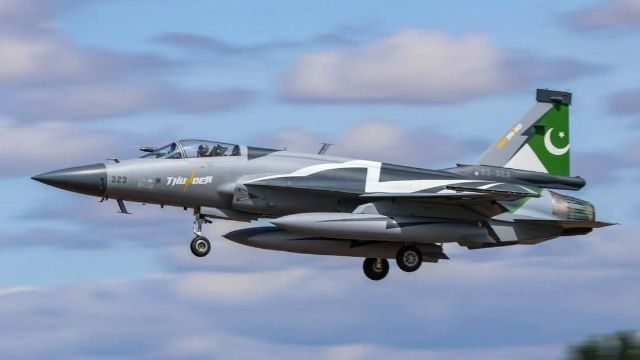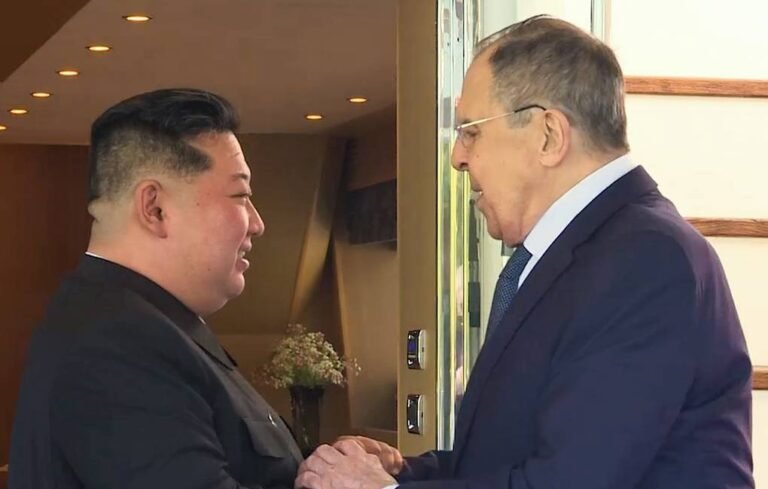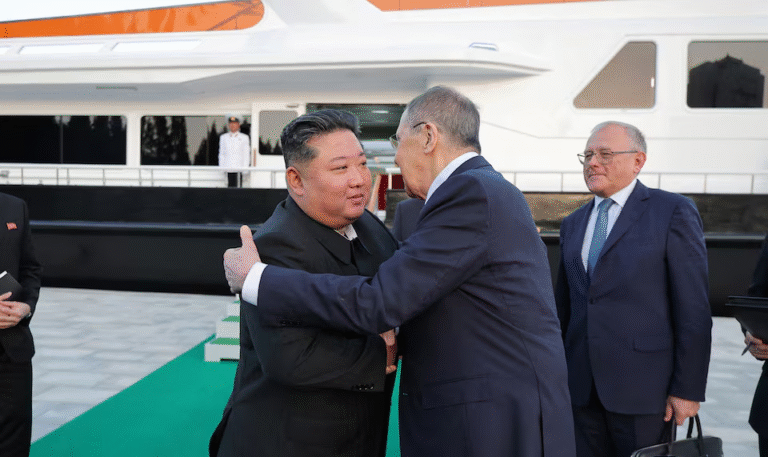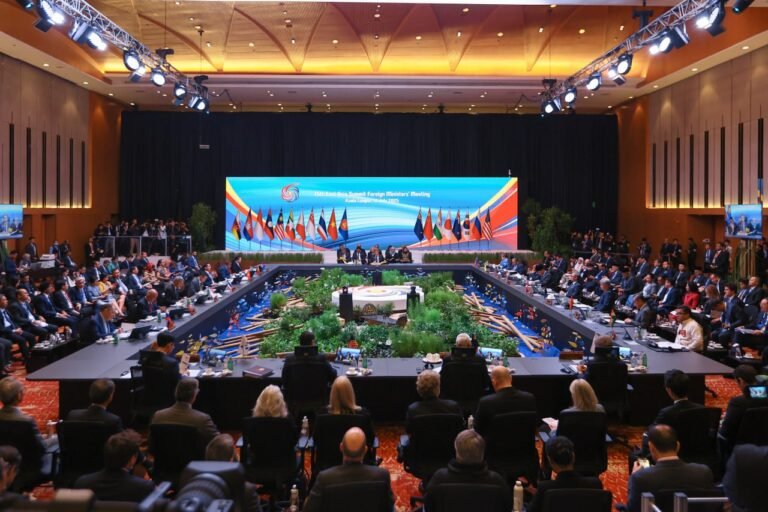The joint exercise Strait Thunder-2025A ‘achieved its intended objectives’, according to a military spokesman
Mainland Chinese ground forces wrapped up drills targeting mock ports and energy facilities in the East China Sea on Wednesday, as part of the PLA’s military exercises near Taiwan.
A military analyst said the exercises also carried a strategic message of deterrence for American and Japanese forces stationed in the Ryukyu Islands.
The precision-strike exercise “achieved its intended objectives”, Senior Colonel Shi Yi, a spokesman for the People’s Liberation Army Eastern Theatre Command, told state broadcaster CCTV on Wednesday.
He added that the PLA had “successfully completed” various tasks during the exercises.
The long-range firepower drills marked a new phase in the joint operations launched on Tuesday, which have included land, sea, air and rocket forces in the Taiwan Strait and on the island’s eastern side.
Mainland military officials described the operation as a direct response to what they called escalating separatist activity from the Taiwanese leadership. The drills were aimed at strengthening strike capabilities and demonstrating Beijing’s resolve to deter independence moves, they said.
Earlier on Wednesday, Shi said the PLA was continuing its military exercises – code-named Strait Thunder-2025A – in the central and southern Taiwan Strait, with a focus on blockade enforcement.
The drills focused on tasks that included verification and identification, warning and expulsion, interception, and detention, with the aim of testing the troops’ capabilities in area control, joint blockade and precision strikes, he said.
Zhang Chi, a professor at the PLA’s National Defence University, said the live-fire drills demonstrated the military’s ability to strike across the full breadth of Taiwan with precision and efficiency.
Zhang told state broadcaster CCTV that the long-range rocket artillery used in the exercise could cover the entire island, with guided munitions capable of metre-level accuracy even at ranges of several hundred kilometres.
According to Zhang, the weapon systems combined extended range, high precision, concentrated firepower and lower costs, offering a strategic advantage over conventional missiles.
“A single salvo can deliver dozens of warheads, and its affordability compared to traditional missiles allows for sustained operations if needed,” he said.
Song Zhongping, a former PLA instructor, said the drills “carried a strategic message of clear deterrence for US and Japanese forces stationed in the Ryukyu Islands, including Okinawa”.
Song added: “The PLA is demonstrating its capability to deny access and impose costs on foreign intervention forces.”
He added that the simulated strikes on ports and energy hubs were aimed at “paralysing the island’s military readiness and isolating it strategically”.
He said: “This could force Taiwan’s forces to collapse without a full-scale ground confrontation.”
A video clip released by Eastern Theatre Command on Wednesday showed ground forces preparing for the live-fire drills before dawn, moving equipment into position before firing multiple rockets later in the morning at an unspecified target.
The same video featured an illustration suggesting that mainland Chinese forces were capable of targeting maritime supply lines and port access routes, as well as Taiwan’s energy infrastructure.
Another video clip broadcast by CCTV showed PLA fighter-bombers simulating strikes and approaches from Taiwan’s southwestern coast in combat formations. Some of the warplanes were carrying live missiles and conducting aerial refuelling mid-flight – a signal of the capacity for sustained operations.
Song said the formation included J-16, J-10 and H-6K bombers. Their tasks included air superiority, air-to-ground missions and long-range strikes with guided munitions. He added that the exercise had used YY-20 aerial refuelling planes.
Shi said the PLA’s Shandong aircraft carrier group took part in joint manoeuvres with naval and aerial units east of Taiwan on Wednesday. The drill was focused on achieving air superiority, launching strikes against maritime and land targets, and testing joint combat operations across domains.
According to Shi, the operations involving the Shandong aimed to assess the military’s ability to “integrate inner and outer perimeter forces in a multi-axis blockade scenario”. The carrier is known to have been involved in previous exercises.
Beijing opened the large-scale military and coastguard exercises around the self-ruled island on Tuesday, as “a stern warning and a strong deterrent to the separatist forces of Taiwan independence”.
Beijing views Taiwan as part of China to be reunited, by force if necessary. Most countries, including the US, do not recognise Taiwan as independent. But Washington is opposed to any attempt to take the island by force and is committed to supplying weapons for its defence.
According to the Taiwanese defence ministry’s social media account, 76 PLA sorties and 15 warships, as well as four “official” ships, were detected near the island as of 6am on Wednesday.
The ministry added that 37 sorties had crossed the median line – the notional midway point in the Taiwan Strait that separates the island from mainland China – and entered the Taiwanese air defence identification zone.
This week’s drill was the second joint exercise in the past fortnight and seemed to be a continued response to Taiwanese leader William Lai Ching-te’s March 13 statement that labelled Beijing as a “foreign hostile force” and announced tightened security measures against the mainland.
Lai was the target of a coordinated wave of condemnation by Beijing on Wednesday across multiple official media outlets.
PLA Daily denounced him as an “incorrigible” separatist who had long “sold out” Taiwan’s interests, alleging that he manipulated historical narratives and favoured foreign powers over cross-strait peace.
The military mouthpiece also said that any attempt to split Taiwan from China would be “resolutely crushed at any cost”, leaving “no room” for independence moves. Lai’s recent policy announcement effectively pushed the island closer to “a quasi-military lockdown”, it added.
Communist Party mouthpiece People’s Daily published a similar commentary on Wednesday, describing Lai as a “desperate warmonger” bent on dragging the island into conflict.
The article criticised Taipei’s recent hike in defence spending and civil defence mobilisation, calling them acts of “fear mongering and sabre-rattling” that placed civilians at risk.
The newspaper also said that Lai’s defence measures were not for peace but to “arm for confrontation” while presenting himself as a champion of security.
“Every provocation by the Lai administration will be met with military countermeasures,” it warned, stating that the “noose” around separatist forces would continue to tighten with each move.
In a statement on Tuesday, the US State Department said the drills were exacerbating tensions. It reaffirmed Washington’s commitment to Taiwan.
“Once again, China’s aggressive military activities and rhetoric towards Taiwan only serve to exacerbate tensions and put the region’s security and the world’s prosperity at risk,” it said.
“In the face of China’s intimidation tactics and destabilising behaviour, the United States’ enduring commitment to our allies and partners, including Taiwan, continues.”
The statement added that the US supported peace and stability in the Taiwan Strait and opposed unilateral changes to the status quo including by force.







